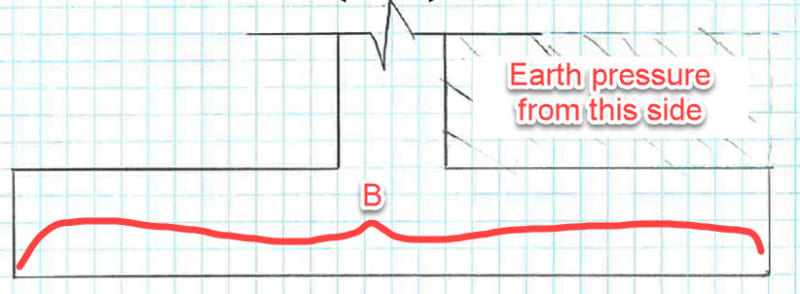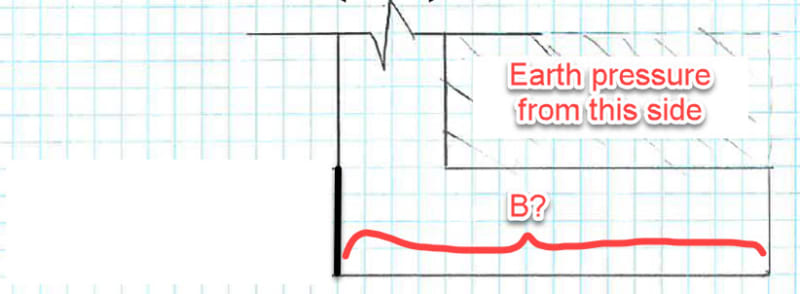bojoka4052
Mechanical
- Oct 8, 2021
- 108
Previous calculations have been done to calculate this inverted T-shaped foundations carrying capacity:

However, my foundation has an L-shape for which I also need to look at both the Serviceability/Ultimate limit state:

Just roughly speaking, how much do you guys expect the calculations to differ? In theory should it be pretty similar, as everything besides the L foundation not having one of its toes?

However, my foundation has an L-shape for which I also need to look at both the Serviceability/Ultimate limit state:

Just roughly speaking, how much do you guys expect the calculations to differ? In theory should it be pretty similar, as everything besides the L foundation not having one of its toes?


